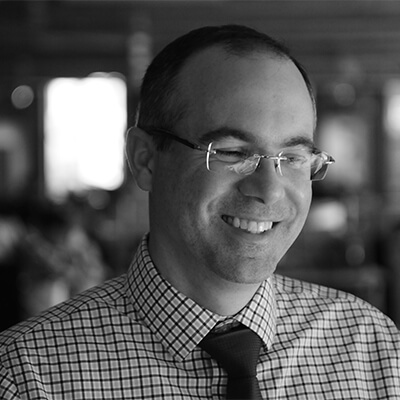On Thursday October 4th Mike Walsh of Vanderweil and I spoke at the Tradeline College and University Science Facilities Conference. In our discussion, “Harvard renovates outdated infrastructure for regenerative research, efficiency and LEED,” we used the Harvard Sherman Fairchild project to illustrate specific renovation strategies to increase occupancy and lab support ratios in existing facilities while also radically reducing energy use. Listed below are a few key ideas discussed that could help achieving similar goals in your facility.
Key ideas
• Leverage your campus – Maximize the use of adjacent program spaces such as large conference rooms and core facilities in nearby buildings so they don’t need to be replicated in your renovation.
• Share equipment – The department made a commitment to share not only large equipment such as some fume hoods, refrigerators and environmental rooms but also select benchtop equipment in equipment corridors.
• Open Lab – Open lab areas can accommodate more occupants than individual rooms but also make a more collaborative and brighter environment.
• No Lost Corridors – Design your corridors as usable space. By creating suites of space and imbedding nooks for equipment and bench space your corridors can now become assignable space.
• Basis of Design – Establish clear basis of design documents for the initial and future capabilities of your building to right size systems and equipment. Incorporate these diagrams into your construction documents so they are discoverable beyond the initial planning.
• System Optimization – Let the minimum make up air requirement establish your fume hood capacity. Challenge traditional light levels by setting minimum ambient light while adding task fixtures at surfaces where people are working. Question ventilation rates and use hydronic terminal cooling units such as chilled beams and fan coil units in higher load spaces. Consider enthalpy wheels and heat shift chillers for significantly eliminating energy loss.
Using these strategies, the Sherman Fairchild project was awarded LEED Platinum certification and received the highest point total for a LEED CI lab in the world.



